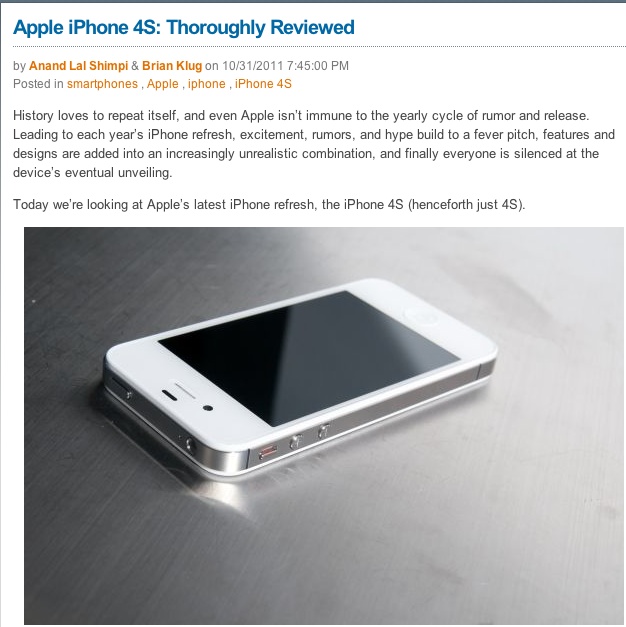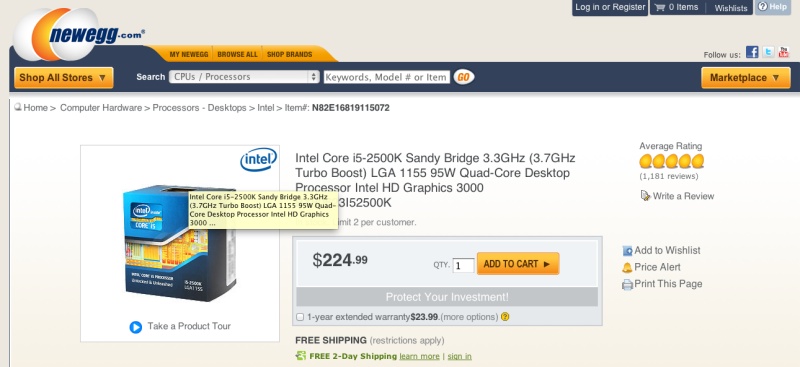Where not to go.
One of the striking aspects of the many remembrances of Steve Jobs is how assiduously he cultivated big name journalists. He wasted no time marketing to Mac fan sites. Once you have used a Mac the number of switchers returning to the horrors of Windows probably compares with the number of Americans applying for resident status in North Korea. No, preaching to the converted is time wasted. Indeed, the ace fan site and magazine, Macworld, numbering many decent journalists in its ranks, admitted that not one of them had ever had a face-to-face discussion with Jobs, absent the occasional “Hi! Nice to see you” sort of thing at a product roll out. There’s a reason for that.
Jobs’s primary focus was on the NYT, WSJ and Time. Who do you think got pre-release versions of all the new hardware? And why? Big readerships, with lots of Windows and Android users ready for conversion. But while these publications have decent writers, they are converts also, so objectivity is not the reason you go there.
Let me put this in focus by explaining how I go about choosing parts for a Hackintosh. The two in my home do not have a single piece of Apple hardware, for good reason. I want proper ventilation, which rules out everything except the MacPro, I want a decent price which rules out the MacPro, and I want a mouse which has solid ergonomics, unlike the Magic Mouse which is an ergonomic disaster. I want a keyboard with mechanical scissor keys providing proper tactile and aural feeedback. The Apple keyboards, whether in a laptop or sold separately are a catastrophe in those regards. I want a matte screen which I can profile properrly with a colorimeter. No such device exists in the Apple hardware line. I write this having used just about every example of the Apple hardware I am criticizing. Their non-iOS hardware is simply so deficient in so many ways there’s nothing – absent maybe the MacBook Air – which works for me.
So my ‘go to’ places to assess hardware for OS X are different. They include AnandTech, Tom’s Hardware and buyers’ comments at Newegg.com.
Anandtech is written by engineers for engineers. The writing is of a high technical standard by experienced men. Take a look at their outstanding review of the iPhone 4S, largely written by an optical engineer. Note especially the stellar writing about the camera and video.

Click for the review
Did you know, for example, that AnandTech tested the latest iteration of Apple’s Airport Extreme router and found it massively changed and far superior to earlier ones? Apple didn’t even tell anyone about the changes, and you can read Brian King’s outstanding analysis here.
Tom’s Hardware has fine technical writing about motherboards and graphics cards, and the reviews and comparisons pull no punches. A high quality source for the computer builder.
And finally, Newegg is the place gamers buy their hardware. I’m not into games but game playing is usually the most demanding use of a computer’s processor and graphics, and the sheer number of reviews here makes the result statistically meaningful. Absent the usual number of cheaters writing for a manufacturer, the writers tell it as it is. If something sucks, you’ll read that here.

When 1,200 customers/buyers say something emphatically does not suck, you know you are onto something.
So if you want real analysis, go to these places and avoid the fan sites and national press at all costs.
It’s fairly easy with computers – most of the variables can be measured and few are subjective, such as keyboard/mouse feel and display rendering. Everything else can be pretty much reduced to data – speeds, capacities, temperatures and so on.
With cameras it’s far harder. You can find lots of technical sites on the web which tell you about the knobs and dials and lens resolution
They have some value but none can answer whether the feel and operational realities work for you. I have extolled the virtues of the MFT format in the Panny G1 and G3 here, and have told you that both render files good for large prints. But until you try it for yourself, that opinion is non-transferable. So, unlike with computers, the best way with camera gear is to try it and see. And if you pay $5,000 for a Leica lens, you can convince yourself and all who care to listen to your mental meanderings that you can really feel that Leica glow. It’s actually the red ink on your bank statement.